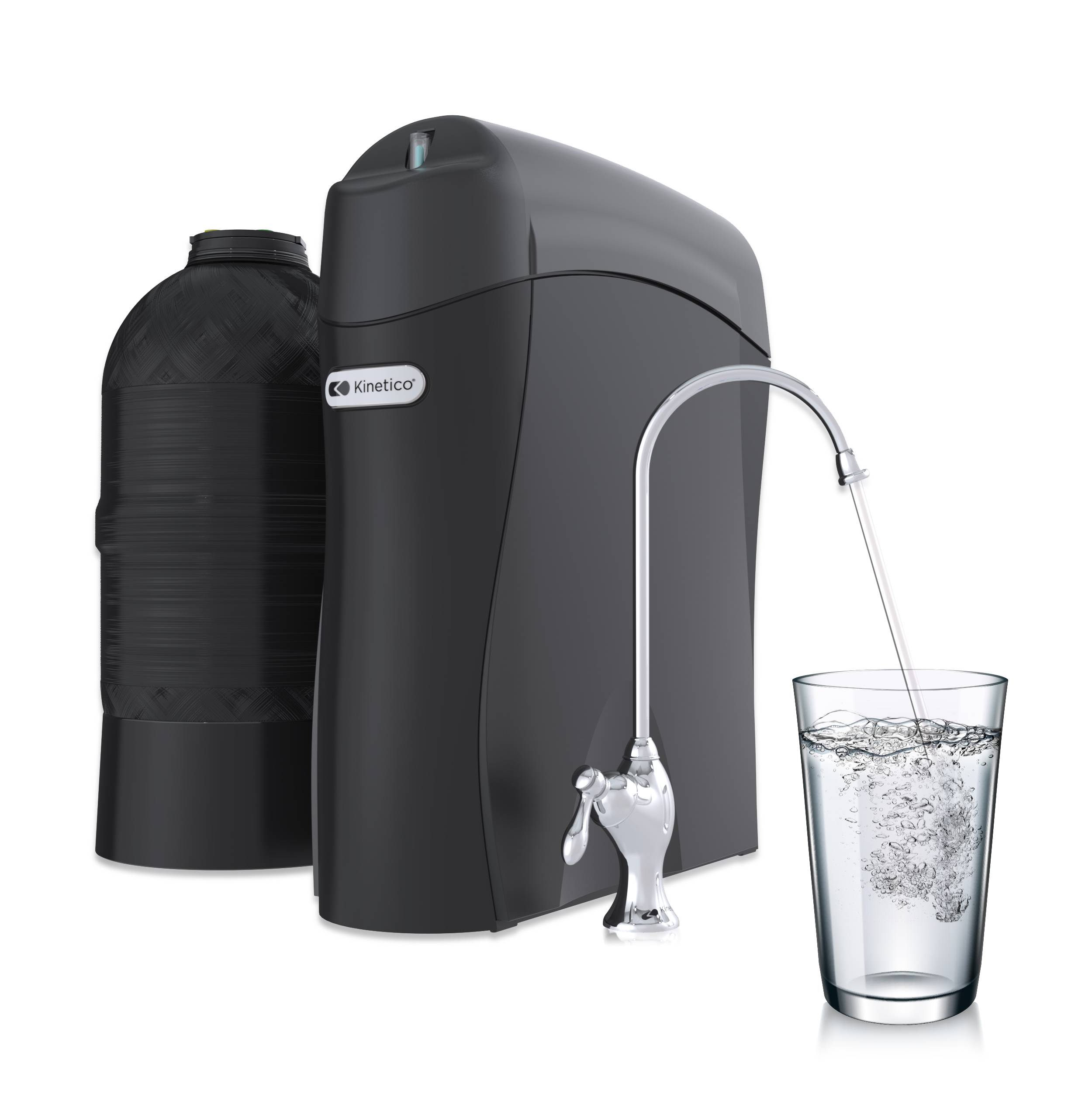What a funny word, pH. Actually, it’s not a word at all but an abbreviation. Most of us kind of know what it is. We learned about it in school, and then quickly forgot. But, if you have a fish tank or a garden you know that it is important and something that you have to pay attention to.
pH is essentially a measure of the relative acidity or basicity (alkalinity) of a solution or soil. Some things like tomatoes favor a slightly acidic soil, some plants don’t, which is why lime (calcium hydroxide) is added to “sweeten” the soil.
pH is measured on a scale of 0 to 14. A pH of 0 is extremely acidic and a pH of 14 is extremely basic. If something is acidic that means that it has a lot of Hydrogen (H+) ions associated with it. If it’s basic (alkaline) it has Hydroxyl (OH-) ions in a greater amount. A pH of 7 is neutral which means, that the H+ ions and OH- ions are in equilibrium. So, when they are in equal amounts, guess what you get? H+ + OH- = H2O. The pH of tomato juice is 4, Milk of Magnesia is 10 and blood is generally about 7.4. According to the EPA, the Secondary Maximum Contaminant Level (SMCL) for water should range between 6.5 – 8.5.
The pH scale is logarithmic which means that each point on the scale equals a ten-fold difference. As an example, a solution with a pH of 6 is 10 times more acidic than a pH of 7, and a pH of 5 is 100 times more acidic. Most organisms, including us, prefer to have a neutral (7 or so) pH in our bodies and in our environment. Acid rain has been responsible for killing many creatures. Frogs and fish are especially susceptible to changes in pH.
It is relatively easy to measure pH; there are many kits available to test water or soil. It all depends on how accurate you want to be. Simple test strips, chemical color indicators and meters are often used. Meters are usually the best. Now that you have some background on what pH is, you might ask yourself why it is called pH. (Ha! Ha! Made you sit through the Chemistry and Math first!)
The generally accepted reason for the term and abbreviation pH has to do with the first person to describe it. In one of his papers, S.P.L. Sørenson made a reference to the “hydrogen ion exponent” and gave it the designation PH, or pouvoir hydrogene or the “power of hydrogen” (as in concentration). In 1920, W.M. Clark, as a matter of printing convenience (printing was done by the hand set type process, letter by letter and subscripts and superscripts posed difficulties), decided to adopt pH in place of PH.
So, how can pH affect water? If you have low pH or acidic water it can corrode your plumbing and impart metals like lead into your drinking water. Blue-green staining from copper corrosion can be an indicator that the pH in the water is too low. The fix is relatively easy; all you need is a neutralizer. This is basically a tank with a special media inside, usually Calcite (Calcium Carbonate). The neutralizer technology is fairly simple and doesn’t require a lot of maintenance. For the most part, you’ll just need to add some more calcite when it gets low. The best thing to do if you suspect you have water problems due to pH levels is to consult your local water treatment professional.



